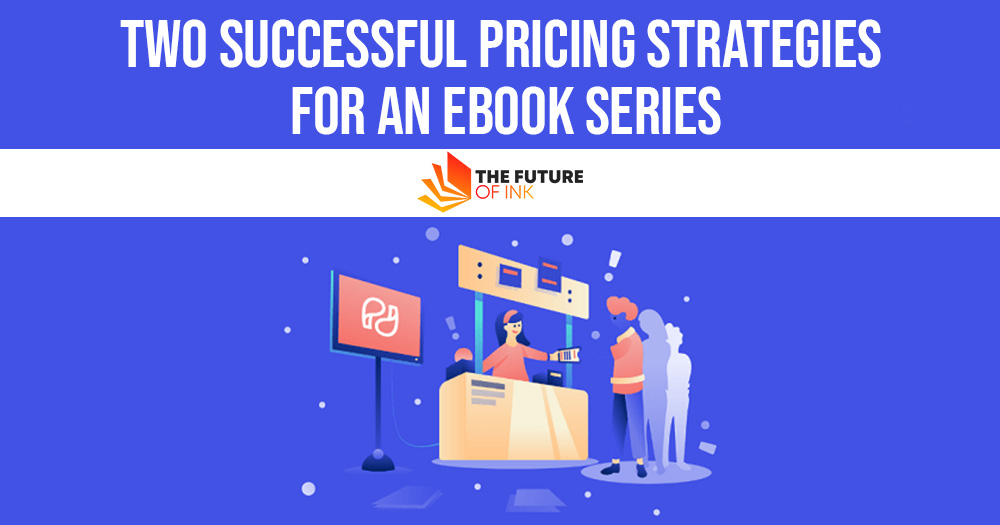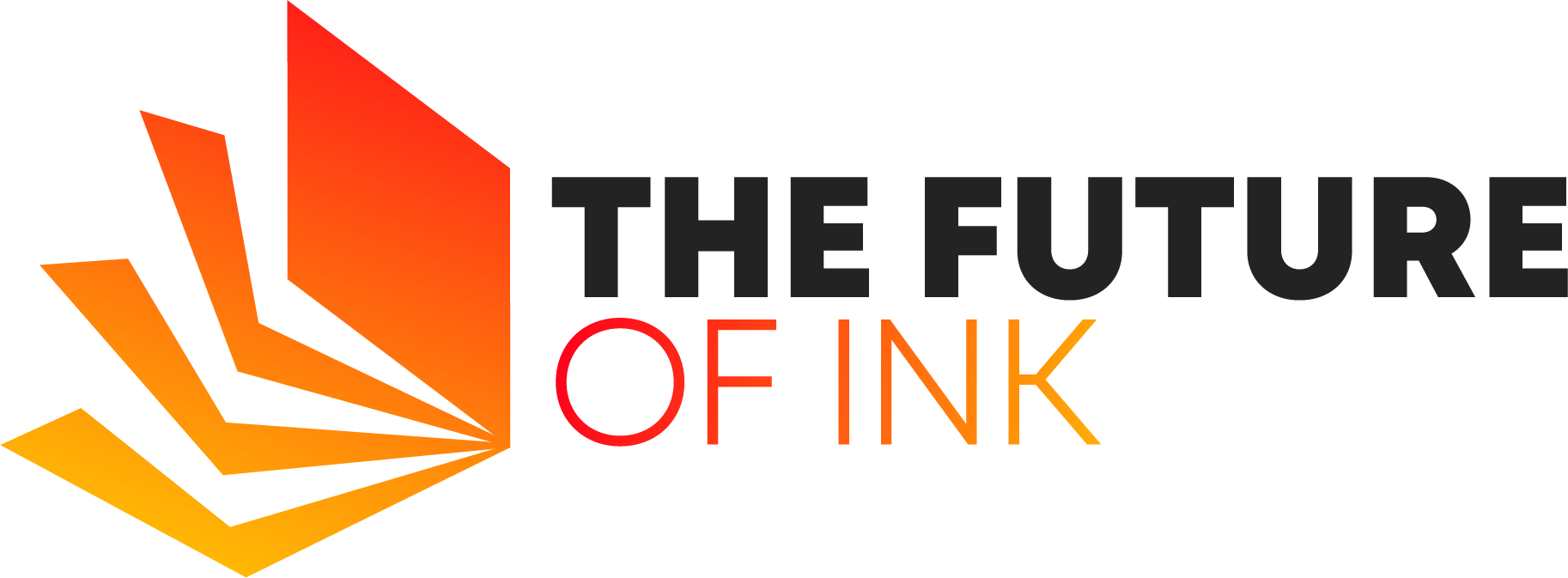Contents
In this particular post, we are going to cover two pricing strategies that have been successful for fiction authors that have an eBook series.
Although these examples are for fiction authors, the same concepts can also be applied to a nonfiction eBook series as well.

Three Foundational Keys for eBook Success
Before we dive into pricing strategies, I want to give you a few key reminders. I know this information is basic and should be a given for any author, but over and over again I see authors skipping one of these steps below.
In order to see success with your eBook sales, there are a few foundational things I assume you already have in place.
- You have written a good book.
- You have had your book edited.
- You have had an eye-catching eBook cover designed.
I encourage you not to skimp on any of these three steps when publishing your eBook.
Why? Let me explain…
- A great book will sell the rest of the books in your series. A mediocre book may not.
- A book that has NOT been edited may get torn apart by reviewers. Reviews do tend to influence sales; therefore, getting a bunch of bad reviews due to poor editing is not good for the success of your eBook sales.
- And finally, your eBook cover is the first thing your potential customers will see. It is your first opportunity to make a good impression and encourage them to find out more about your book. If your cover screams “amateur author,” many readers will immediately click off your book sales page. You will not only have lost a sale but also may have lost a potential long-term fan.
If you do not have these basic foundational eBook keys in place for your book, no matter what you do with your pricing strategies, you will struggle to have success.
Also Read: Why You Should Start A Podcast This Year?
Pricing Strategy #1: Lower Book One to $0.99
The first strategy we will cover is to lower the first book in your eBook series to $0.99. Why $0.99? Well, $0.99 is an impulse buy price point. Most readers are willing to risk $0.99 on a book from an author that is new to them.
And if they like your book and writing style, there is a good chance they will be willing to invest a little more money in the other books in your series.
A Real-Life Example
I love knowing what really works. Not just theory, but what is truly working for authors in their book marketing strategies. Therefore, I want to share an example of an author who uses this pricing strategy successfully.
Lynnette Bonner has priced the first book in her Christian Historical Romance series, “The Shepherd’s Heart” at $0.99. She has then priced the rest of the books in the series at $3.99.
Since she dropped the price of book one to $0.99, it has remained consistently below an Amazon rank of #2000 overall. In addition to the first book selling well, the other three books in the series have also had increased sales and are ranking below #10,000 or so on Amazon.
Previously, Lynnette priced the first book at $3.77 and the rest of the books in the series at $5.77. Since lowering her prices, her overall royalties have increased.
Pricing Strategy #2: Offer Book One for FREE
There are so many opinions on offering your eBooks for free. Many authors balk at the idea because of all the time and energy they put into writing and publishing their books. They feel they deserve to get paid for their work. I understand, I totally get it.
However, what if lowering the first eBook in your series to free could actually increase sales for the rest of the books in your series and increase your overall monthly royalties? Would it be worth it to you?
A Real-Life Example
One author, Lindsay Buroker, believes that offering the first book in her fantasy series, “The Emperor’s Edge” permanently free has increased her fan base as well as the sales of the other six books in her series.
Lindsay has blogged about her success and shares 5 reasons to consider giving an eBook away free. She has also experienced increased international sales as a result of her first book being free on Amazon UK, Apple overseas stores, and other international eBook stores.
Will These Same Strategies Work For You?
The only way to know if these pricing strategies will work for you is to test them on your eBook series and then track your results. With book marketing, it is always important to track the success of the strategies you implement.
I also recommend starting a weekly book sales spreadsheet to track your book sales. This will allow you to track trends in your sales and know what is working and what is not. Amazon will give you monthly sales data, but I think it is helpful to track your sales a little more closely.
Some authors I know actually track their sales on a daily basis. That is a little too much work for me, but I do recommend tracking your sales on a weekly basis.
Also Read: How to Get Reviews by the Truckload on Amazon?
What pricing strategies have worked for you? I would love to hear your personal case studies and what has been successful for you. As authors, we can learn from each other!




